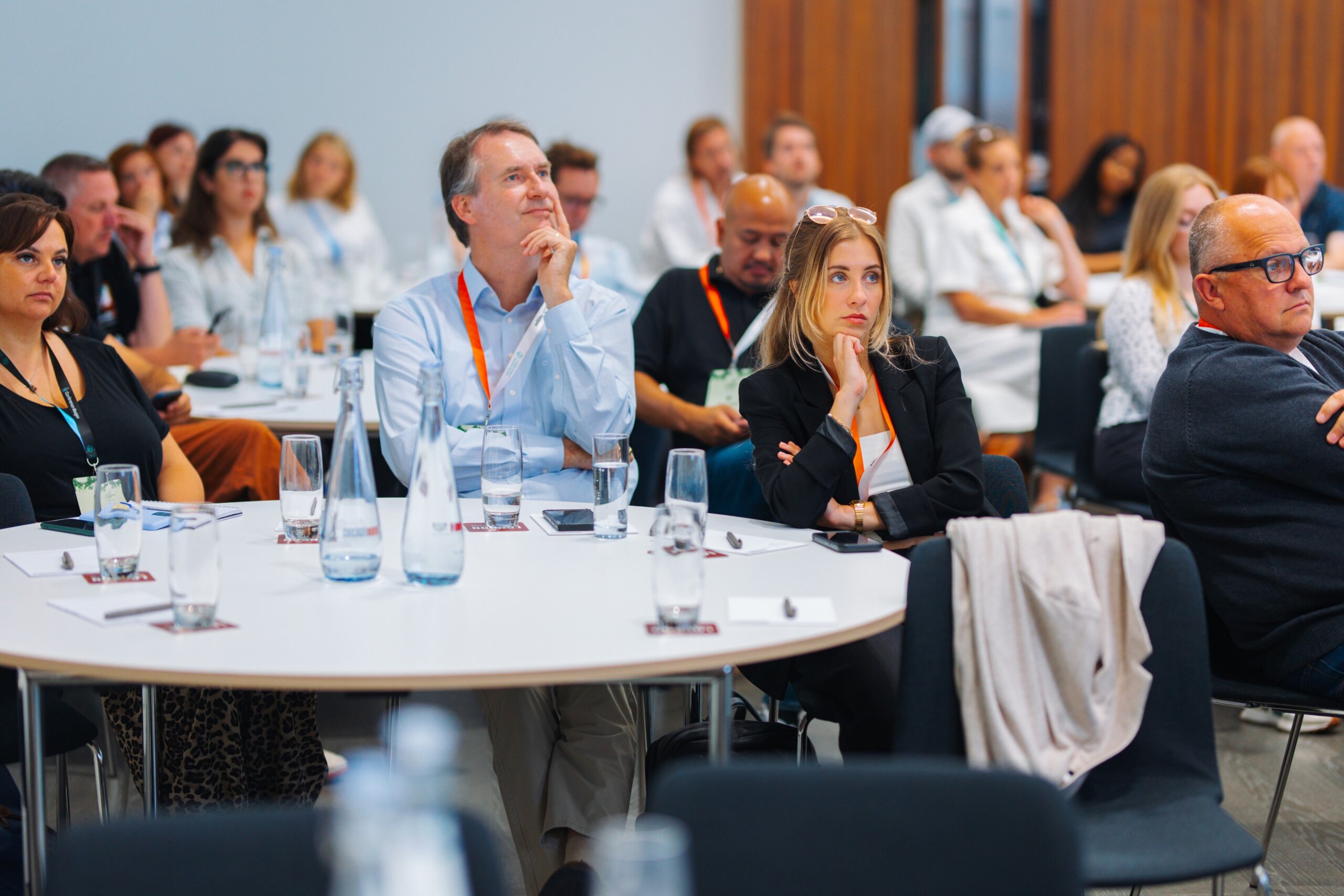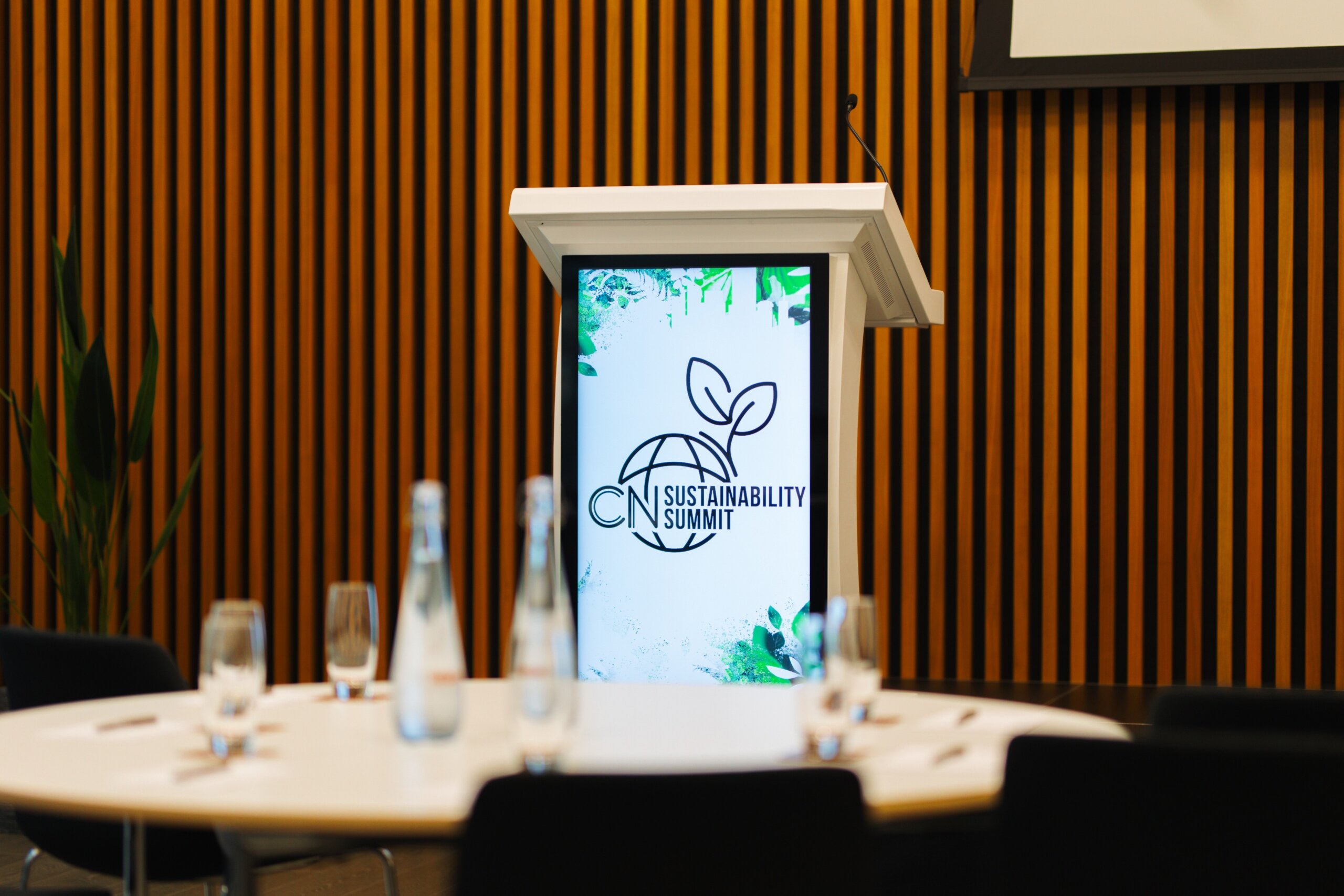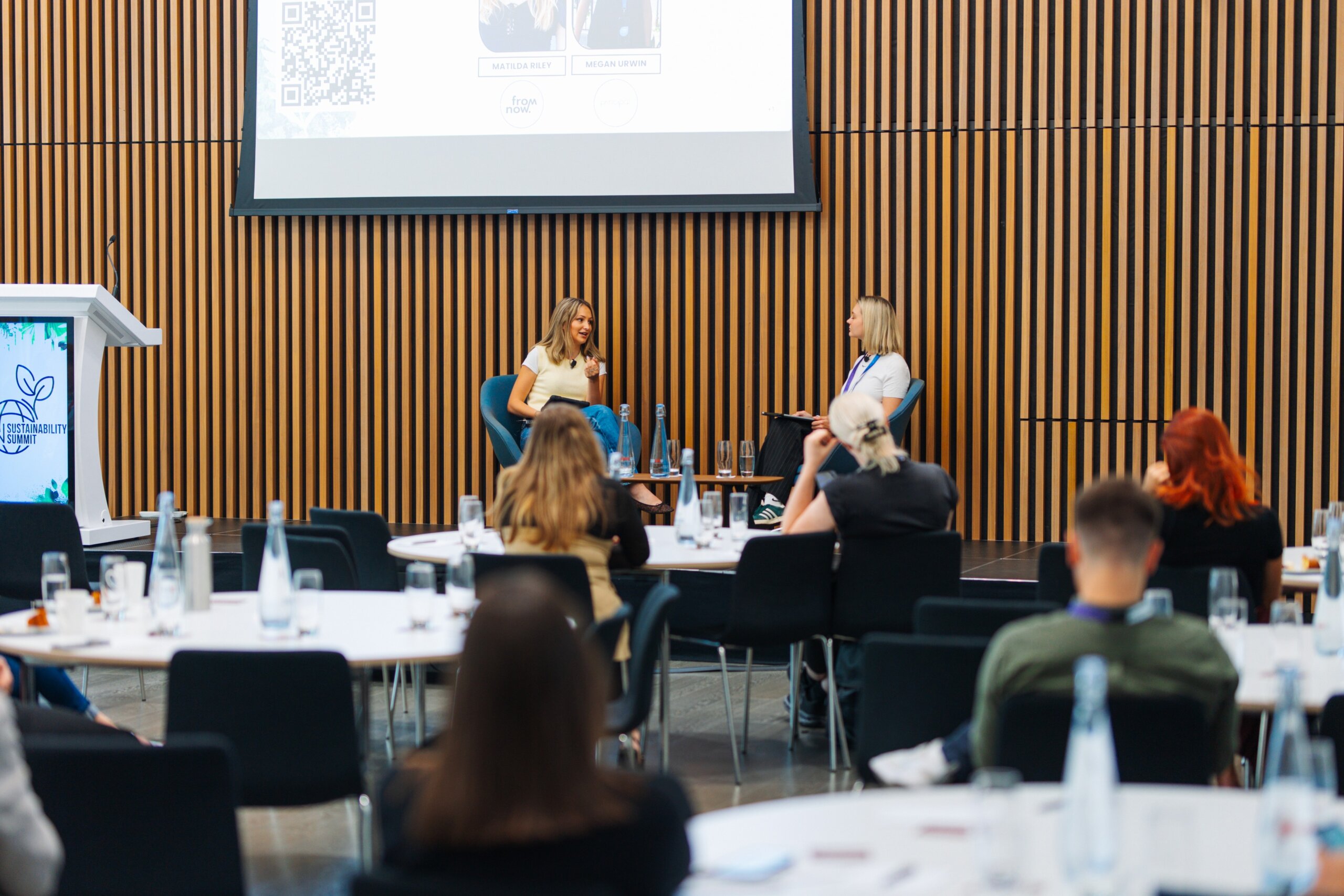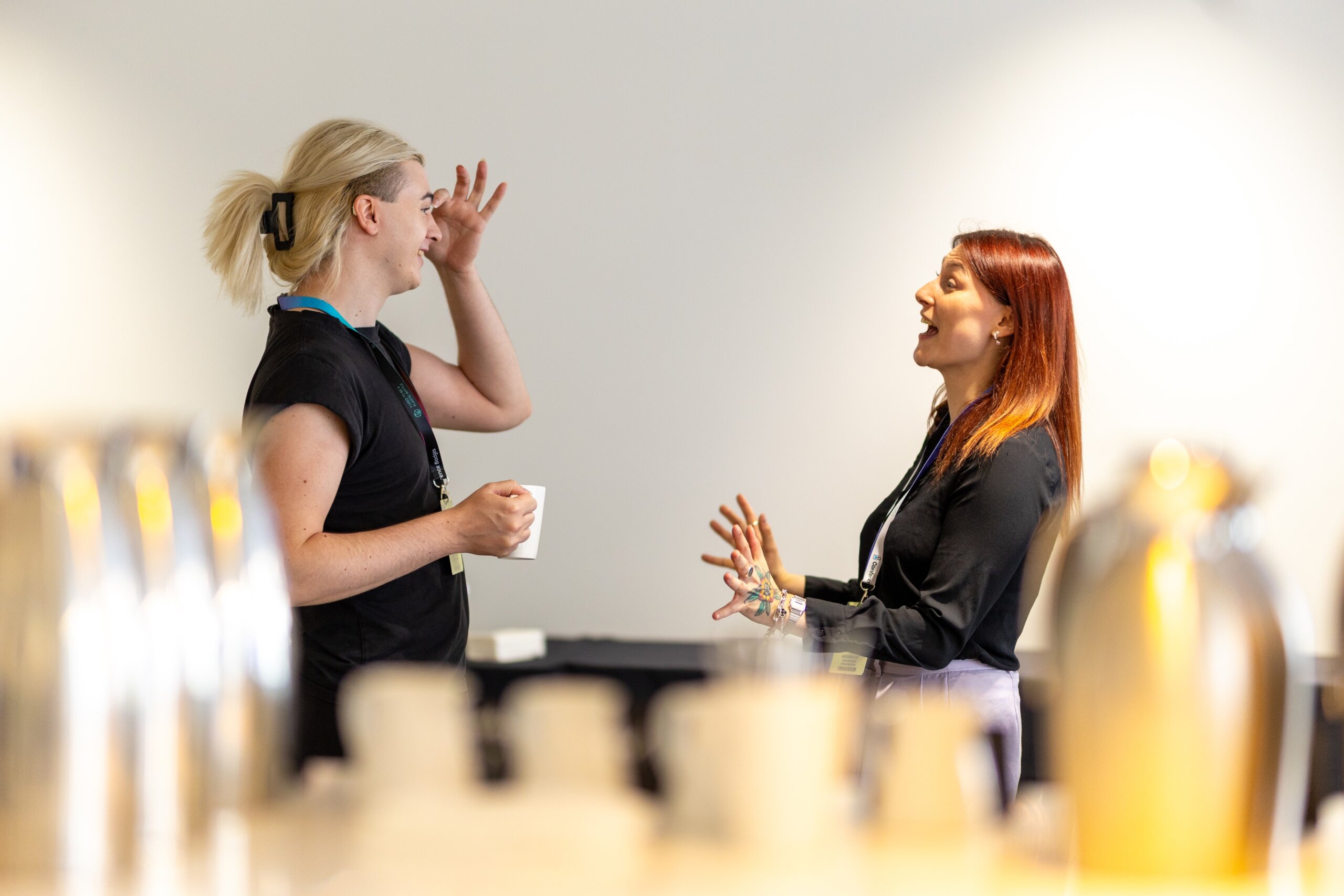On 15 July, delegates gathered at Chicago Booth Business School for another year of thought-provoking sessions on one of the most talked about topics in the industry: sustainability.
This year’s sessions and speakers offered valuable insight for venues, agencies, and event organisers not only on how to implement sustainable practices, but also on how to tackle both the small and large challenges on the journey to net zero.
From measuring impact as a way to prove and improve it, to grappling with the dilemma of accreditations, the discussions covered key hurdles and opportunities.
Conference News was front and centre at the event, and here are our key takeaways from the day:

Data & measurement
A recurring message throughout the summit was the importance—and difficulty—of collecting accurate sustainability data. Splitting emissions between operational and event-specific sources allowed organisations to identify clearer hotspots. For instance, one agency noted that staff commuting emerged as a major emissions driver. By using tracking tools that measured travel down to the metre, they were able to justify hybrid working policies and introduce initiatives such as bike repair kits and subsidised public transport. This granularity also enabled year-on-year comparison and ROI measurement for sustainability actions.

Supply chain challenges
Delegates agreed that supply chains remain one of the biggest barriers to impactful sustainability action. With global suppliers all at different stages of ESG maturity, standardising reporting and data collection is difficult. Businesses noted that it often takes years to refine supply chain engagement and reporting processes. A key recommendation was to prioritise high-impact suppliers first—rather than attempting to capture everything at once—and to identify where the best-quality data actually resides within the business, which may differ from initial assumptions.

Client demands & commercial pressures
Sustainability is no longer a ‘nice to have’ in client briefs—it’s often embedded directly or indirectly. Agencies reported that nearly all RFPs now include questions around ESG commitments, such as alignment with Science Based Targets or social value frameworks. Even when not explicit, values-based questions act as a proxy for evaluating environmental alignment. Agencies who fail to demonstrate credible sustainability practices risk losing competitive pitches, while those who do proactively address it gain a clear commercial edge.
Employee engagement & internal culture
Internal engagement emerged as a key driver of successful sustainability strategies. One agency described using simple communications like monthly newsletters to reinforce behavioural change, explaining the ‘why’ behind certain policies. Notably, wellness and sustainability initiatives were merged to great effect—a Strava challenge among staff not only boosted mental health and fitness but also reduced commuting emissions. Embedding sustainability into workplace culture, through gamification and friendly competition, was shown to be both effective and replicable.

Material choices & operational shifts
Some of the most tangible emissions reductions came from changing materials. A standout example involved switching from traditional event flooring to a recycled product called Rewind. Lifecycle assessments (LCAs) revealed that this alternative produced 30% fewer emissions. While initial adoption was slow—organisers were resistant, citing exhibitor expectations—sustained supplier collaboration and data-driven consultation led to policy changes. One supplier now offers Rewind as the exclusive flooring option for all UK events, planning to expand across Europe and the Middle East.

Behaviour change & resistance
Despite clear benefits and equal pricing, some organisers resisted sustainable changes like switching floor types. Their rationale? Familiarity and perceived exhibitor expectations. This resistance highlights the need for stronger education, clearer communication, and more assertive leadership from organisers and venues. The takeaway here is that sustainability is as much about behaviour change as it is about carbon metrics—organisational habits and event traditions often require as much transformation as the tools and materials involved.





















